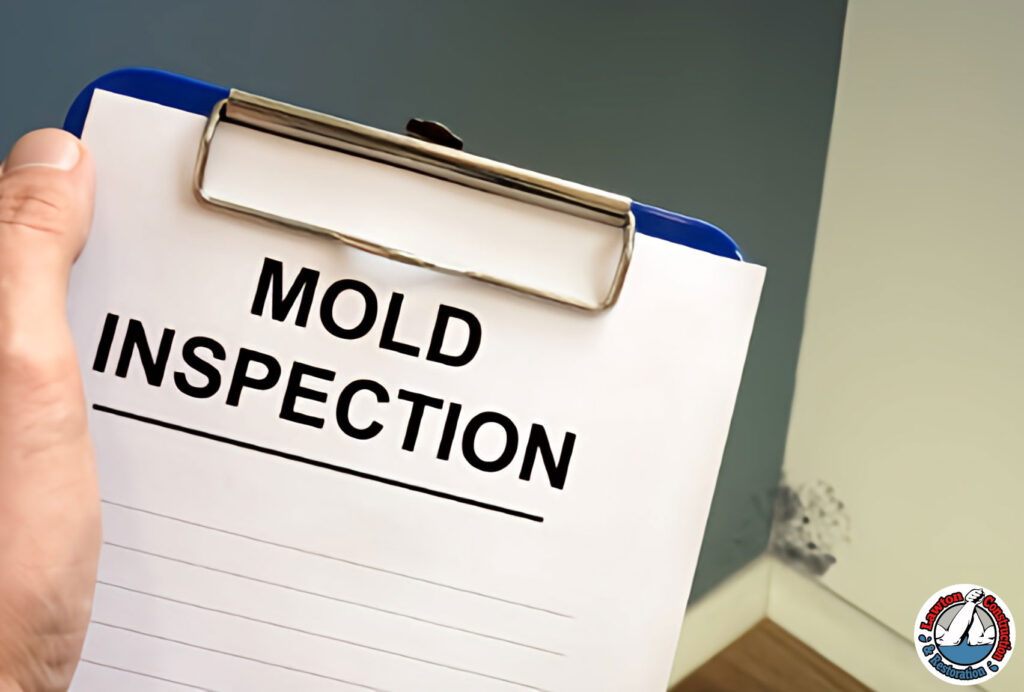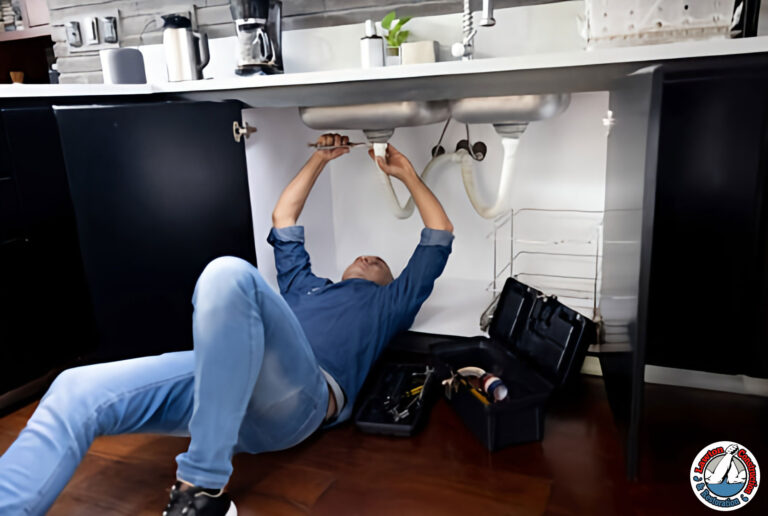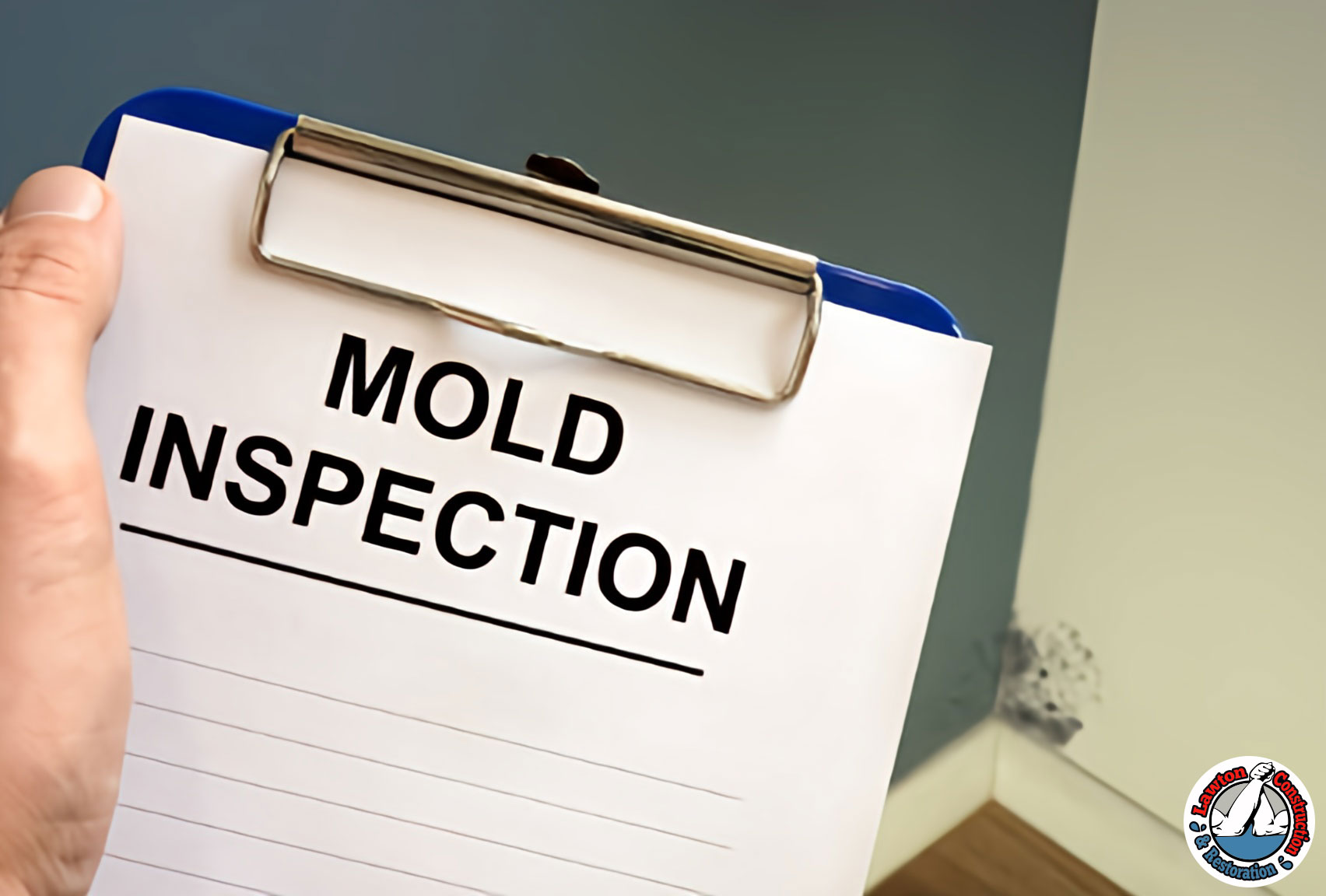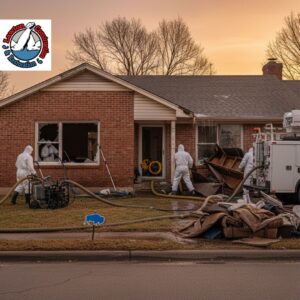How to Get Mold Remediation Insurance and Maximize Your Claim

Table of Contents
Introduction
Dealing with mold damage in your home can feel overwhelming, especially when you’re unsure if your insurance will cover the costly remediation process. Have you ever wondered, is mold damage covered by insurance? Or how to go about getting mold covered by insurance without the hassle? Understanding your options for mold remediation insurance coverage is crucial to protecting your home and your wallet.
In this blog, we’ll guide you through everything you need to know about buying mold remediation insurance and adding mold coverage to homeowners insurance. You’ll learn practical tips on how to navigate policies, avoid common pitfalls, and ultimately maximize mold damage insurance claims—ensuring you get the support you deserve when facing mold issues.
Whether you’re a homeowner exploring types of mold insurance coverage or someone looking to strengthen your policy with a mold insurance rider, this comprehensive guide is designed to make a complex topic clear and manageable. Let’s dive in and empower you to make informed decisions that keep your home safe and your claim successful.
Understanding Mold Remediation Insurance
If you’re a homeowner, you’ve probably asked yourself: What homeowners insurance covers mold? The answer isn’t always straightforward. Mold damage can be tricky when it comes to insurance claims, and understanding the nuances of mold remediation insurance coverage is key to avoiding surprises.
First, let’s clarify what mold remediation insurance really means. This type of coverage is designed to help pay for the inspection, removal, and repair costs caused by mold growth in your home. But not all policies automatically include it, which is why many homeowners consider adding mold coverage to homeowners insurance as an essential step.
Here are a few important points to keep in mind:
- Coverage varies widely: Some insurance policies cover mold only if it results from a covered peril like a burst pipe or storm damage. Mold caused by neglect or long-term moisture problems is often excluded.
- Types of mold insurance coverage: You might find standalone mold remediation insurance or endorsements (also called riders) that you can add to your existing policy.
- Understanding policy limits: Even when mold is covered, there can be caps on how much your insurer will pay. Knowing these limits upfront helps you plan better.
So, why is this important? Without proper mold insurance coverage, you could be stuck with expensive remediation bills, which can climb quickly. Taking the time to understand what homeowners insurance covers mold empowers you to protect your investment and your family’s health.
By learning about the different options available—whether you’re exploring buying mold remediation insurance or reviewing your current policy—you’re setting yourself up for greater peace of mind and financial security.
Next, we’ll explore how to get mold covered by insurance and the steps to take to ensure your claim goes smoothly. But first, have you checked your current policy’s fine print lately? It might hold some important clues.
How to Obtain Mold Remediation Insurance
So, you understand why mold remediation insurance coverage matters — but how do you actually get it? Whether you’re looking to protect a new home or want to enhance your existing policy, knowing the right steps can make all the difference.
Here’s a straightforward guide to help you navigate the process of adding mold coverage to homeowners insurance and ensuring you have the right protection in place:

- Review Your Current Policy: Start by checking if your homeowners insurance already includes any mold coverage. Many standard policies offer limited protection, mostly tied to sudden water damage events like burst pipes. If your policy excludes mold or has very low limits, it’s time to explore options.
- Ask the Right Questions: When speaking with your insurance agent, make sure to clarify:
- Does the policy cover mold remediation costs?
- What are the specific causes of mold damage that qualify?
- Are there any caps or exclusions related to mold claims?
- Does the policy cover mold remediation costs?
- Consider a Mold Insurance Rider: This add-on, or endorsement, can expand your coverage specifically for mold issues. It often provides broader protection and higher limits than standard policies.
- Compare Quotes: Not all insurers handle mold claims the same way. Shop around to find a policy that offers comprehensive mold remediation insurance coverage without breaking your budget.
- Understand Policy Terms: Look carefully at deductibles, coverage limits, and any preventive requirements. Some insurers may require regular home inspections or maintenance as a condition of coverage.
By taking these steps, you’ll be better equipped to buy mold remediation insurance that fits your needs. Remember, having the right coverage isn’t just about peace of mind — it can save you thousands when mold damage strikes.
Preparing for a Mold Remediation Insurance Claim
Filing a claim for mold damage can feel daunting, but with the right preparation, you can make the process much smoother—and increase your chances of a successful payout. Have you ever wondered how to maximize mold damage insurance claims? It starts with knowing exactly what your insurer needs and being proactive from day one.
Ready to learn how to prepare your home and documents for a successful claim? Let’s move on to the next phase of protecting yourself with smart insurance strategies.

Here’s how to get ready when facing mold issues in your home:
- Document the Damage Thoroughly: Take clear photos and videos of affected areas. Keep records of any visible mold, water damage, and related repairs. This evidence forms the backbone of your claim.
- Call a Mold Inspection Specialist: Before filing, hire a certified professional to assess the extent of the problem. Their report will add credibility and detail to your claim.
- Review Your Policy Carefully: Knowing your coverage limits and any exclusions related to mold helps you set realistic expectations. Some policies may cover mold only if it’s caused by a covered peril, so understanding this is crucial.
- Keep All Receipts and Estimates: Save invoices for inspections, remediation work, and related expenses. Getting accurate estimates for mold removal costs will support your claim’s value.
- Communicate Clearly with Your Insurance Company: Promptly notify your insurer of the damage. Be honest and detailed when describing the situation, and keep records of all correspondence.
By following these steps, you’re not just filing a claim—you’re building a strong case that can help you maximize mold damage insurance claims. It’s about being organized, informed, and assertive.
In the next section, we’ll explore how to negotiate with insurance adjusters and avoid common pitfalls that could reduce your claim payout. Are you ready to get the most out of your mold remediation coverage?
Maximizing Your Mold Remediation Insurance Claim
Once you’ve filed your claim, the next challenge is ensuring you receive the full compensation you deserve. How can you maximize mold damage insurance claim payouts without getting caught up in confusing insurance jargon or unfair negotiations? Let’s break it down.

First, watch out for these common mistakes that can reduce your payout:
- Delaying the claim: The longer you wait, the harder it is to prove the damage was sudden and accidental, which many policies require.
- Inadequate documentation: Insufficient photos, vague descriptions, or missing receipts can weaken your case.
- Ignoring policy details: Overlooking exclusions or limits can result in denied or reduced claims.
To avoid these pitfalls and boost your claim’s success, consider these strategies:
- Get Multiple Estimates: Obtain detailed quotes from reputable mold remediation companies. This helps demonstrate the true cost and prevents insurers from lowballing your claim.
- Negotiate with Your Adjuster: Be polite but assertive. If you feel the offer is too low, don’t hesitate to provide additional documentation or ask for a reinspection.
- Hire a Public Adjuster: If the claim is complex or the insurer isn’t cooperative, a professional adjuster can advocate on your behalf to secure a fair settlement.
- Consult an Attorney if Needed: For disputes that escalate, legal advice can protect your rights and guide you through appeals or lawsuits.
Remember, insurance companies want to minimize payouts, but being informed and prepared gives you a strong advantage. Understanding insurance tips for mold damage ensures you’re not leaving money on the table.
By applying these approaches, you’ll be better positioned to get the maximum benefit from your home insurance mold remediation claim. Ready to learn how to prevent future mold problems and protect your coverage? Let’s explore that next.
Preventing Future Mold Issues to Protect Your Insurance
No one wants to go through the hassle of mold remediation more than once. So, how can you proactively reduce the risk of mold growth—and protect your mold remediation insurance coverage at the same time?

Taking preventive steps not only safeguards your home but can also positively impact your insurance premiums and claims experience. Here’s how to stay ahead of mold problems:
- Maintain Proper Ventilation: Keep moisture levels low by using exhaust fans in bathrooms, kitchens, and laundry areas. Good airflow prevents dampness that invites mold growth.
- Fix Leaks Promptly: Whether it’s a dripping pipe, a leaking roof, or faulty windows, address water issues immediately to avoid hidden mold development.
- Regular Home Inspections: Schedule professional mold inspections, especially if you live in humid climates or have had previous mold issues. Early detection saves time and money.
- Control Indoor Humidity: Use dehumidifiers in basements and other moisture-prone areas to maintain indoor humidity below 60%.
- Clean and Maintain Gutters: Proper drainage keeps water away from your home’s foundation, reducing mold risk.
Besides protecting your home, these steps show insurers that you’re a responsible homeowner who actively manages risks. This can influence your policy renewal and eligibility for discounts related to preventive mold insurance practices.
Remember, prevention is always better than remediation. Investing in simple maintenance today helps you avoid costly claims tomorrow and keeps your mold coverage intact when you need it most.
By combining smart prevention with the right insurance policy, you’re building a strong defense against mold damage—and protecting your home’s value for years to come.
Conclusion
Navigating the world of mold remediation insurance can feel complex, but with the right knowledge, you’re well-equipped to protect your home and finances. Have you taken the time to fully understand mold remediation insurance coverage in your policy? Or explored options like adding mold coverage to homeowners insurance to ensure you’re covered when the unexpected happens?

Remember, being proactive—from reviewing your policy to documenting damage carefully—makes all the difference in maximizing mold damage insurance claims. It’s not just about filing a claim; it’s about doing so confidently and strategically.
As a homeowner, your best defense is combining smart prevention with informed insurance choices. Taking control of these steps means fewer surprises and a smoother process if mold ever threatens your home. So, are you ready to secure the right coverage and protect your investment with confidence?
With the insights you’ve gained here, you can approach mold remediation insurance with clarity and confidence—turning a potentially stressful situation into a manageable one.



